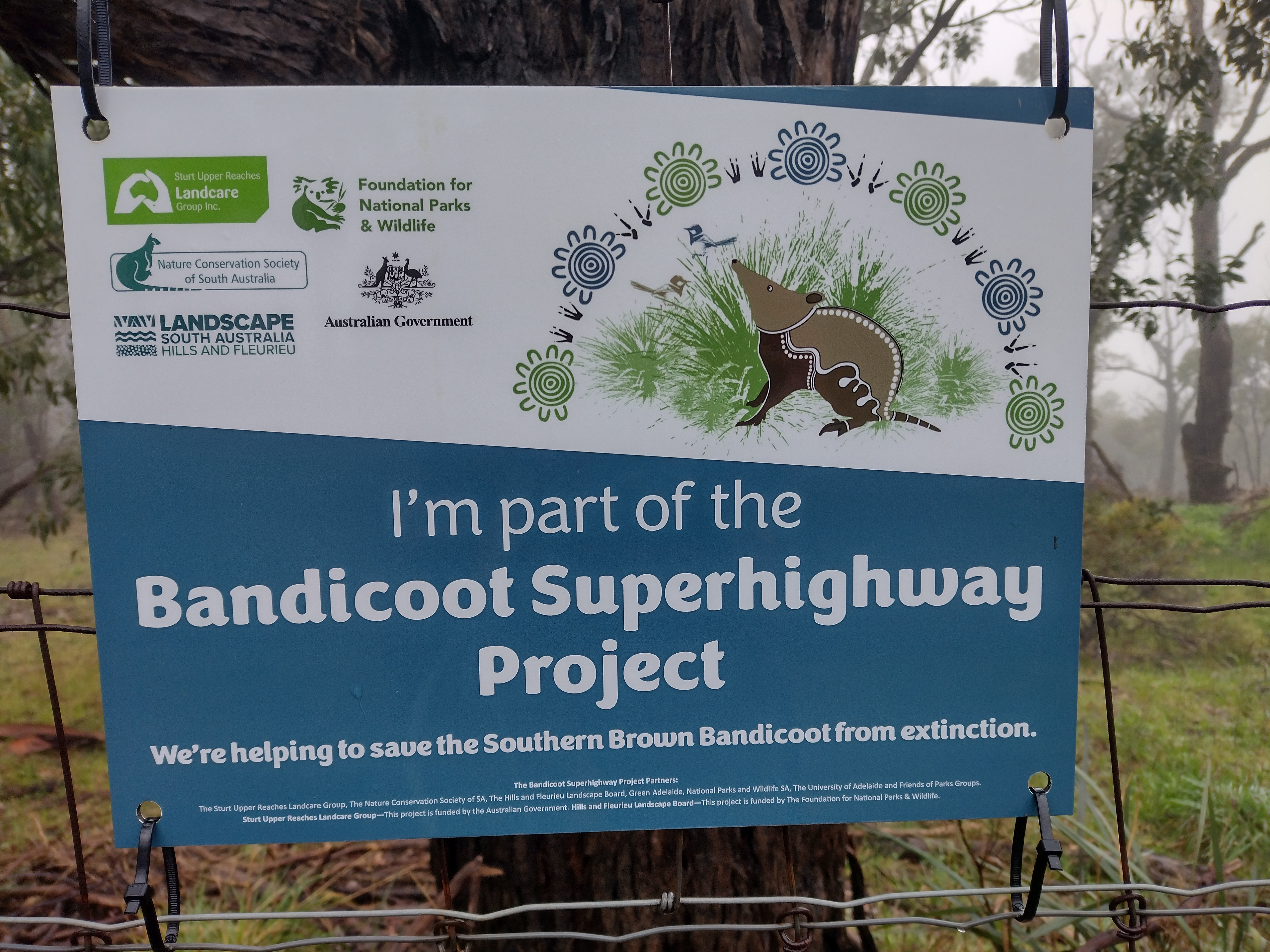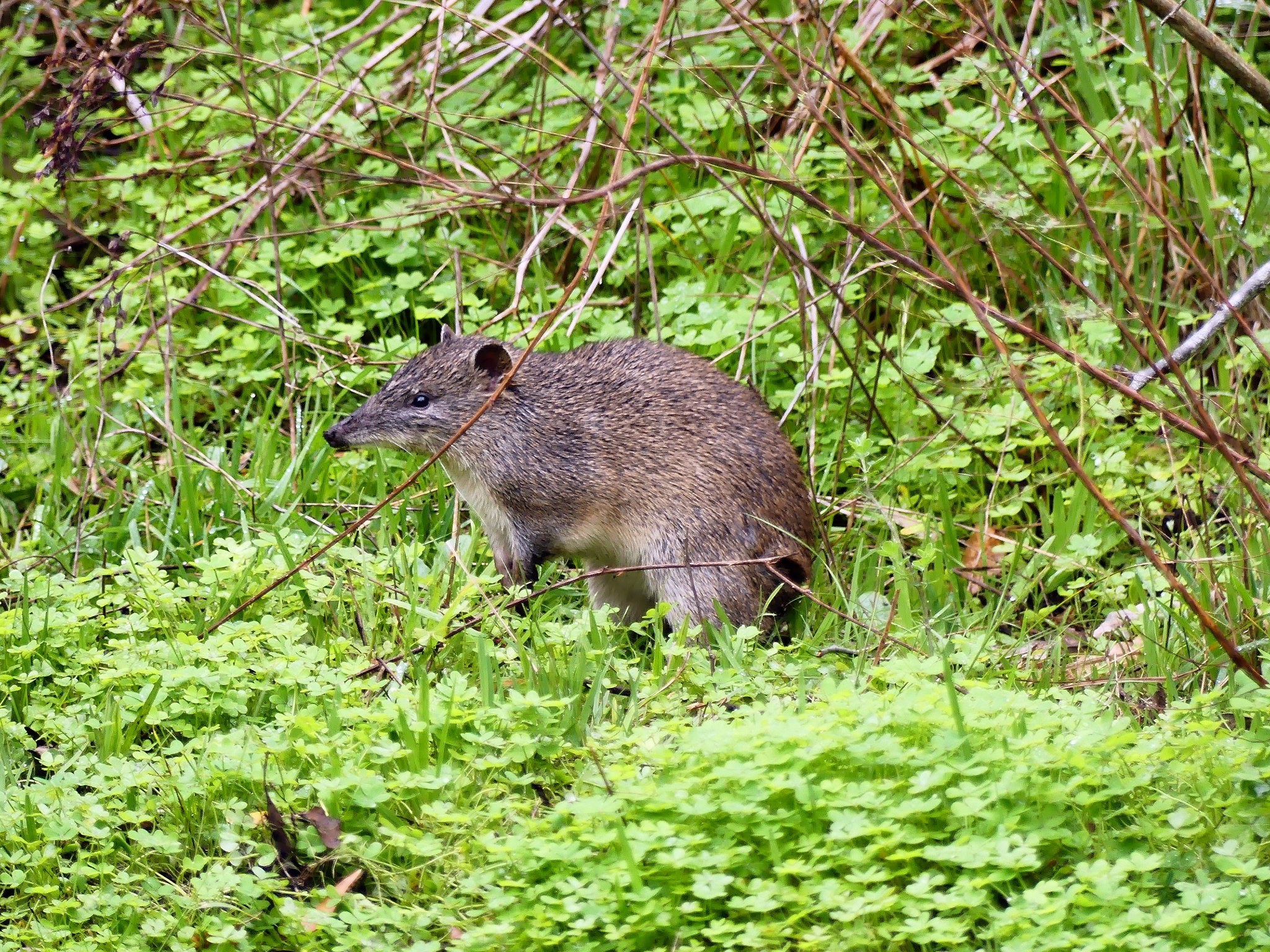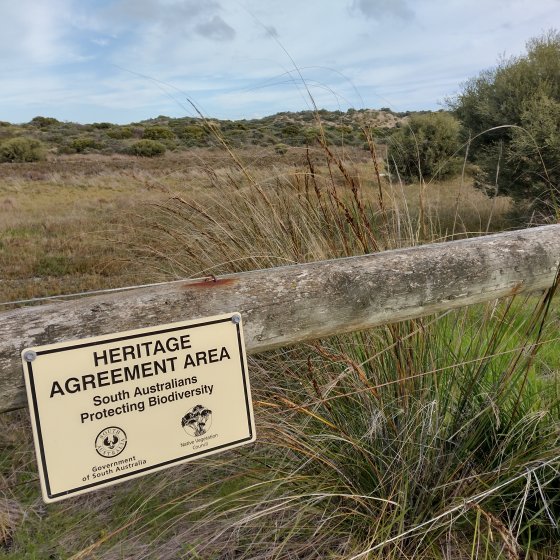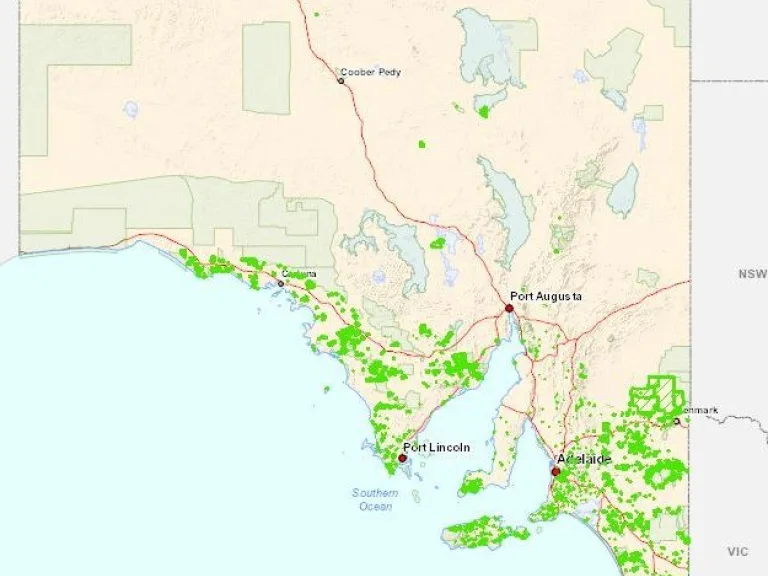- Home
- Environmental Themes
- Land
- State of Our Land
- Conservation, Protection & Restoration
Conservation, Protection & Restoration
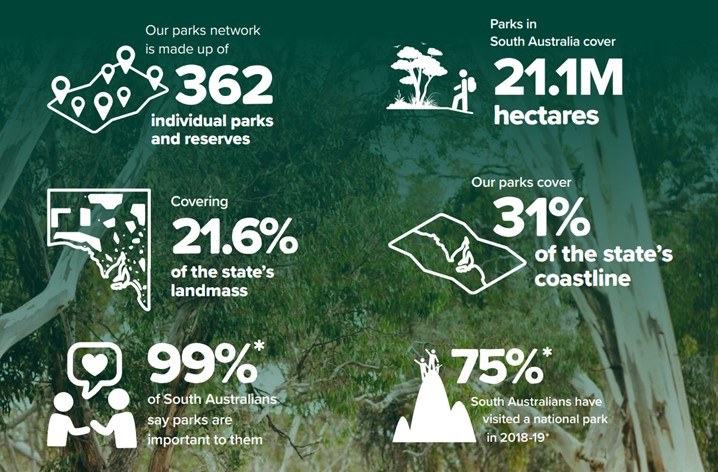
National parks, Indigenous Protected Areas and other protected land areas are essential components of South Australia's natural and cultural heritage. They safeguard the wellbeing of ecosystems, wildlife and communities, and they play a vital role in addressing global challenges such as biodiversity loss and climate change. They also contribute to our health and wellbeing as we use parks for recreation. Continued protection and sustainable management of protected areas are crucial for current and future generations.
Four pieces of legislation provide for the establishment of protected areas on public land:
- National Parks and Wildlife Act 1972
- Wilderness Protection Act 1992
- Crown Land Management Act 2009
- Forestry Act 1950.
For private land, protected areas can be established under the:
- Native Vegetation Act 1991
- National Parks and Wildlife Act 1972
- Pastoral Land Management and Conservation Act 1989. This Act is currently being amended to support the use of pastoral leases for carbon farming and conservation.
Two new national parks have been proclaimed over the last five years:
- Glenthorne National Park – Ityamaiitpinna Yarta was proclaimed in May 2020.
- Nilpena Ediacara National Park is South Australia’s most recent park and was proclaimed in June 2021 and opened in April 2023. It covers 60,617 hectares and is located on the grounds of the former Nilpena Pastoral Station bordering Lake Torrens National Park.
Nine co-management Boards and 3 co-management advisory committees have been established with Aboriginal people for over 35 of South Australia’s parks and reserves. Co-management of parks contributes to improved cultural site protection, maintenance of traditional practices and improved management of parks through the combination of traditional knowledge and contemporary science. Since the last SOER, there have been two new Boards established for Dhilba Guuranda–Innes National Park (2020) and Gawler Ranges National Park (2021).
South Australia has 10 nationally funded Indigenous Protected Areas (IPA) that cover 6,192,360 hectares. Many of these areas are supported by Indigenous Ranger Programs. There have been no new IPAs established since at least 2016. South Australia was home to Australia’s first Indigenous Protected Area.
The Nipapanha Community created the IPA on an old pastoral station known as Nantawarrina. The land located on the station was degraded from overgrazing and successive droughts. Progress has been made in restoring the land and biodiversity.
Landowners can also apply for a Native Vegetation Heritage Agreement to help maintain habitats and biodiversity. Since 1980, there have been over 1,600 heritage agreements in South Australia involving 2,800 landholders and providing 1.85 million hectares of native vegetation under protection. The state government has recently released $6 million for grant applications to enable new heritage agreements and to support conservation activities.
Protected land areas have increased by 67,947 hectares since 2016 (ABS Region Summary – South Australia). As habitat loss and degradation are considered to be one of the main causes of biodiversity decline and species loss, it is important we improve the protection and restoration of habitats for our native species of plants and animals. The state government allocated $6 million in March 2023 to provide grants for landholders to help maintain and enhance areas of native vegetation on private properties.
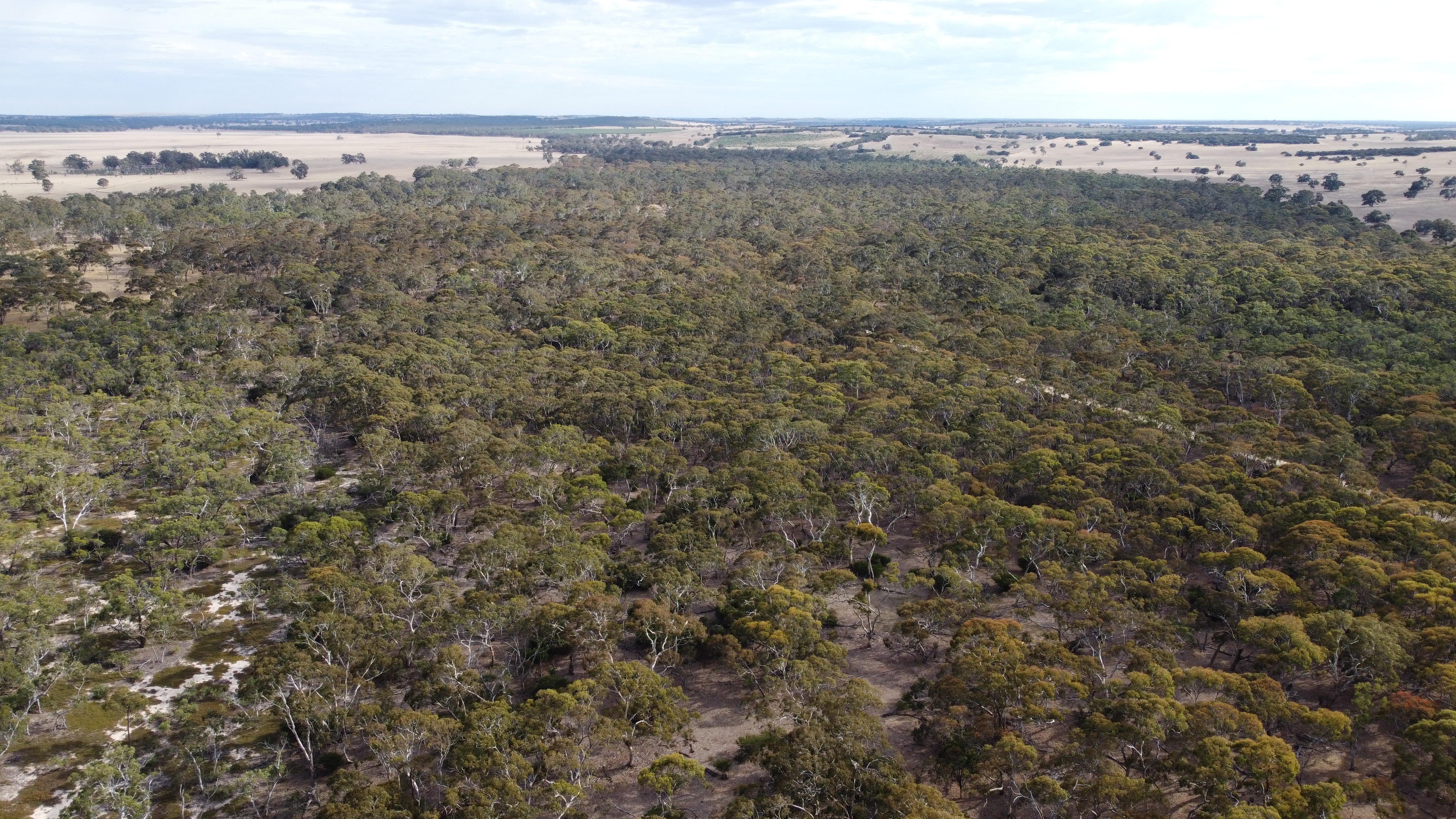

The protection of landscapes in South Australia is getting better. In South Australia, 30% of landscapes have achieved adequate protection. However, this percentage varies across the regions.
- Two new national parks have been proclaimed over the last five years. Glenthorne National Park – Ityamaiitpinna Yarta was proclaimed in May 2020 and Nilpena Ediacara National Park was proclaimed in June 2021 and opened in April 2023. Other recent additions to the protected area system include the Aldinga Washpool addition to Aldinga Scrub Conservation Park, Hindmarsh Valley National Park and a new section added to Scott Creek Conservation Park.
- Since 1980 when the Native Vegetation Heritage Agreement program was first introduced, there have been over 1,600 heritage agreements in South Australia providing long-term protection to over one million hectares of native vegetation.
- South Australia has 10 nationally funded Indigenous Protected Areas (IPAs) that cover 6.19 million hectares. Many of these areas are supported by Indigenous Ranger Programs. There have been no new IPAs established in South Australia since 2016.
The Native Vegetation Council (NVC) is an independent body established under the Native Vegetation Act. The NVC monitors the overall condition of the state’s native vegetation and makes decisions on a wide range of matters, including Heritage Agreement Schemes, supporting revegetation of land, monitoring native vegetation and vegetation clearance applications.
The new Planning and Design Code that became operational in 2021 includes native vegetation overlays to ensure removal of native vegetation is considered upfront in a planning assessment.
